ECB Governing Council member Pierre Wunsch said, “without any really bad news coming from that front, hiking by the end of this year to zero or slightly positive territory for me would be a no brainer.”
Also, Wunsch doesn’t rule out ending the asset purchases in June, and raise interest rate in July. “It’s going to of course depend on data,” he said. “If we have another inflation surprise, it’s certainly a scenario that I would consider.”
“There are of course situations where if the shock is very big on the real economy, we would feel more comfortable looking through the inflation development,” he said. But “we’re still in a situation where we’re supportive in terms of monetary policy. Real rates are today very, very negative. So the beginning of the normalization process should be relatively independent of the real economy.”
“We’re still talking about normalization, but I wouldn’t exclude that at some point, if we have second-round effects, wages going up, that monetary policy would have to become restrictive,” he said. “What’s priced in by the markets today to me is on the low side of what might be required to get inflation under control.”
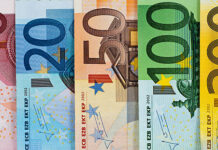



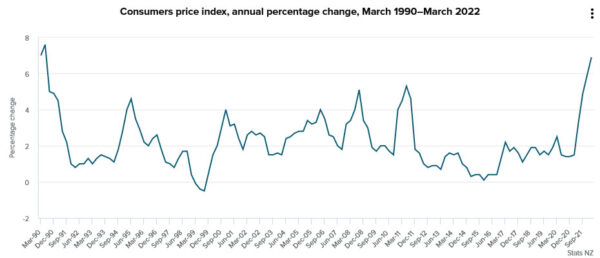
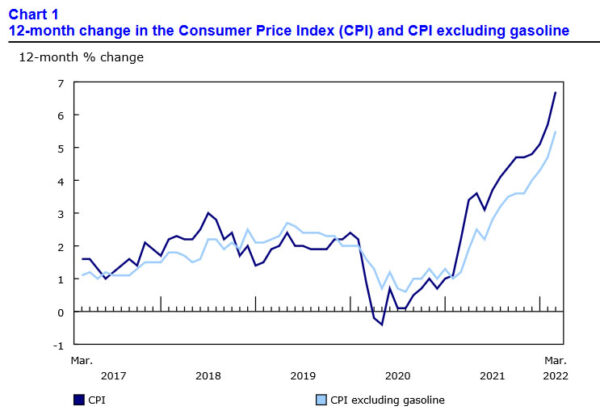
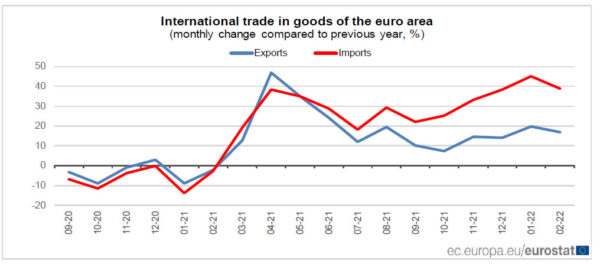
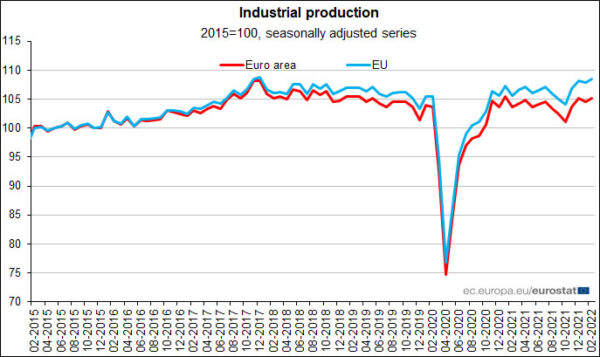
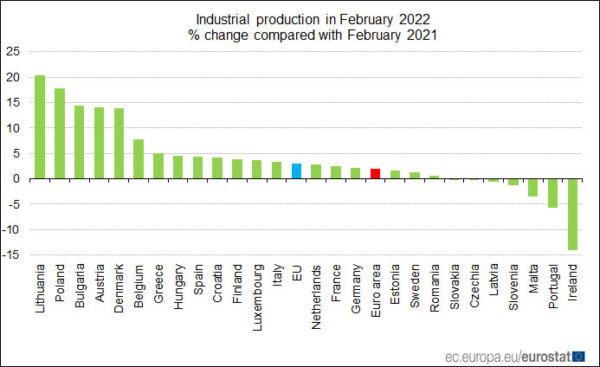
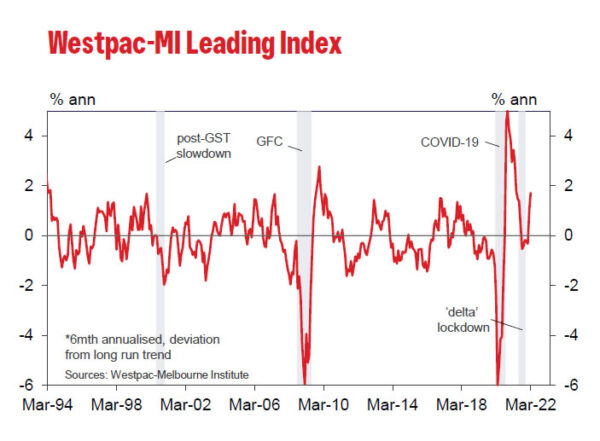
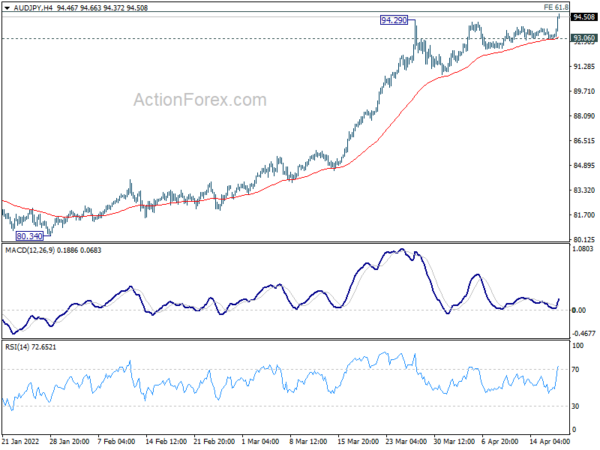
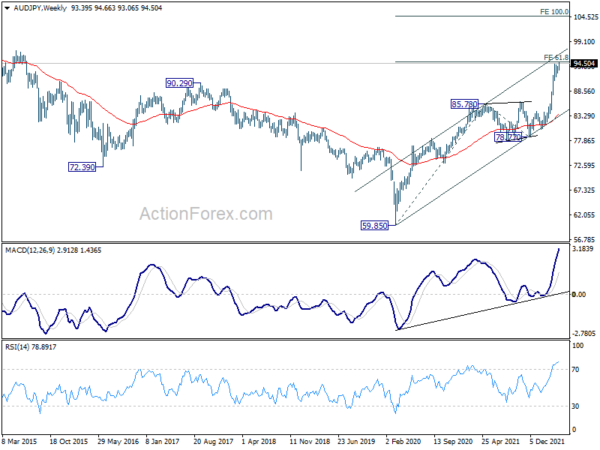
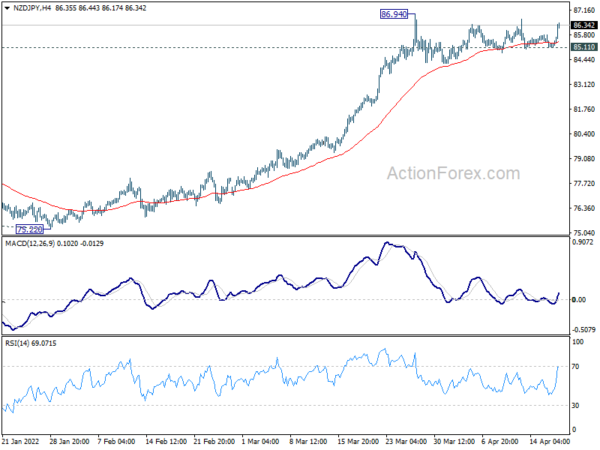
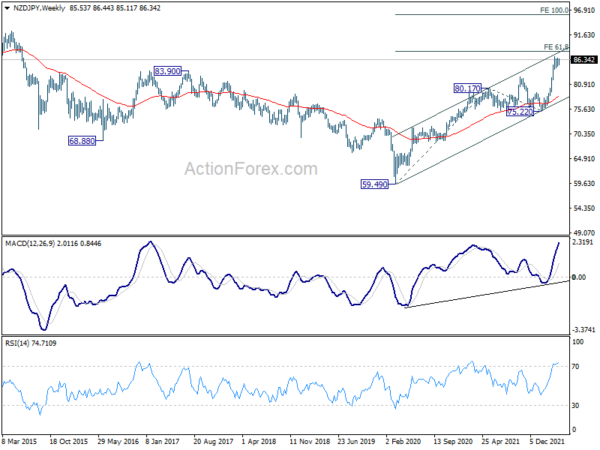
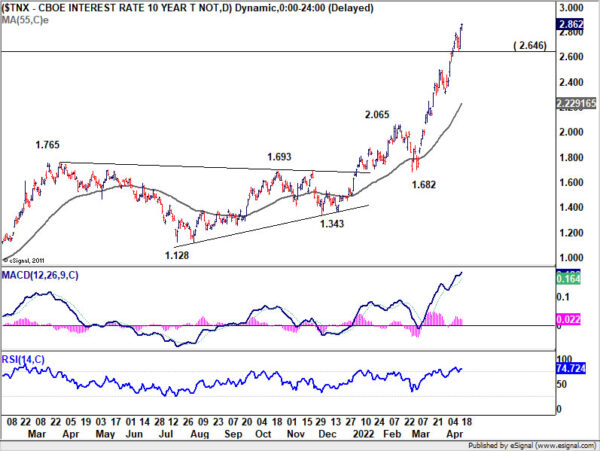
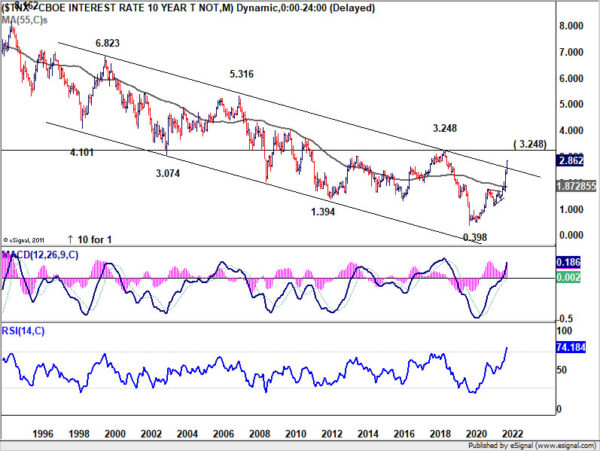

ECB de Guindos: July is possible for first hike
ECB Vice President Luis de Guindos said in an interview, the consequences of invasion of Ukraine are “quite clear”, as higher inflation and lower growth. That should be reflected in in June outlook.
He sees “no reason why we should not discontinue our APP programme in July”. But the timing for the first rate hike will depend on the economic projections. “Nothing has been decided so far,” he said.
“From today’s perspective, July is possible and September, or later, is also possible. We will look at the data and only then decide,” he added. Then, the rate hike cycle will “depend on the data” and the “evolution of inflation.
Full interview here.